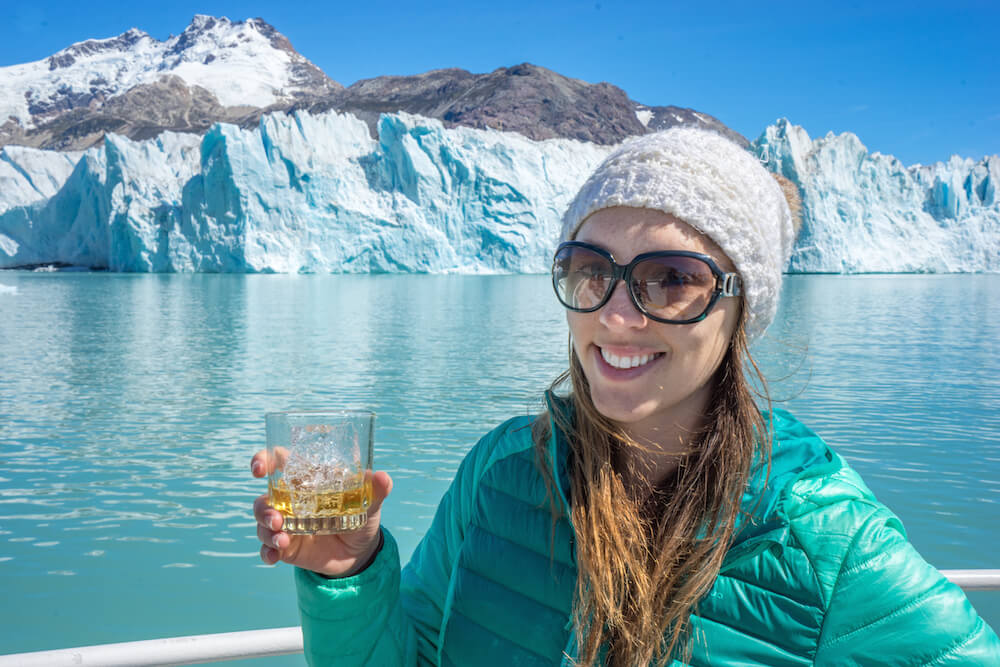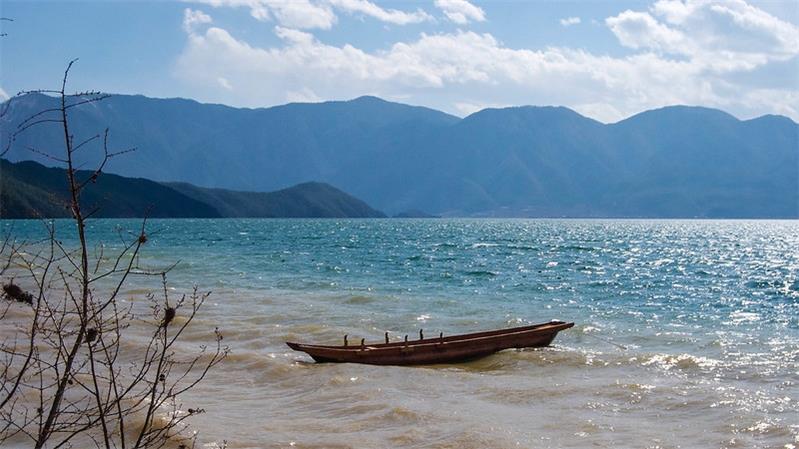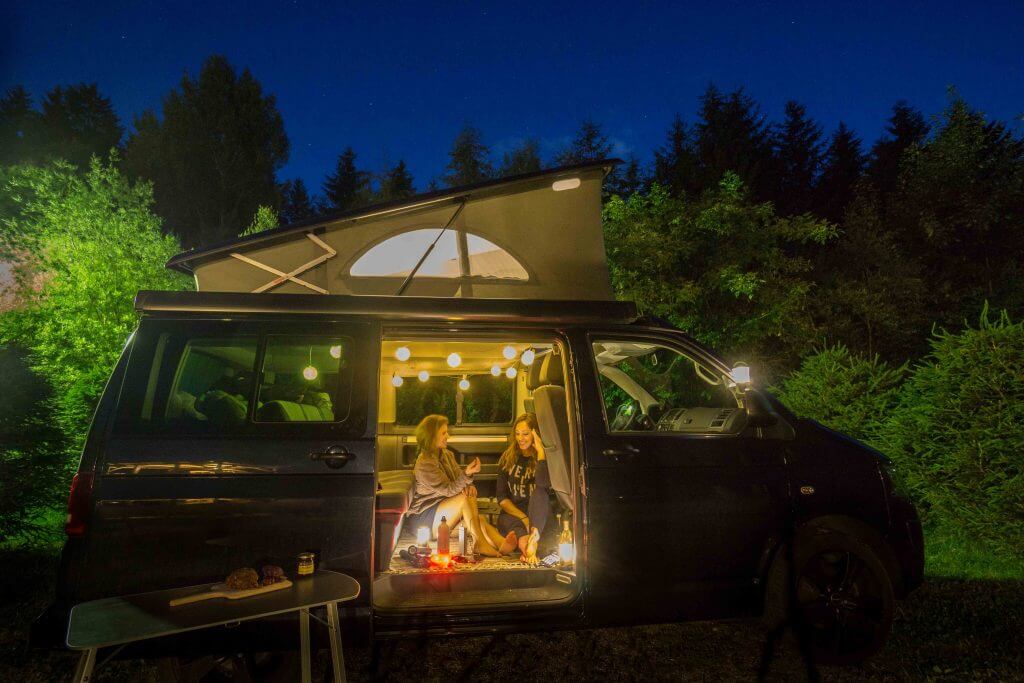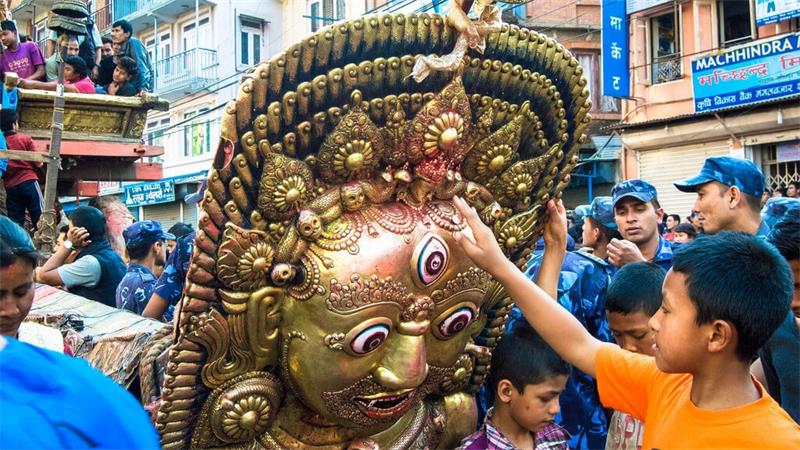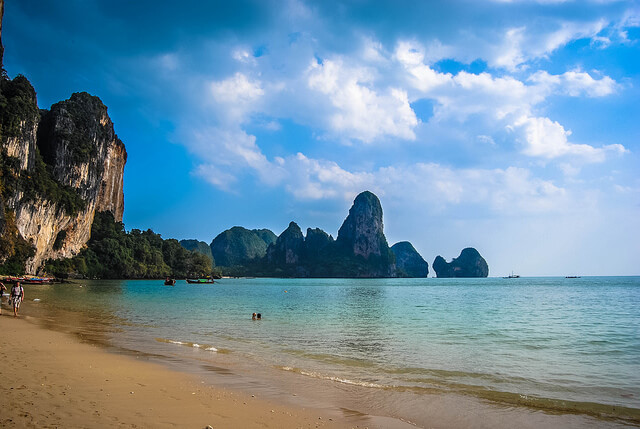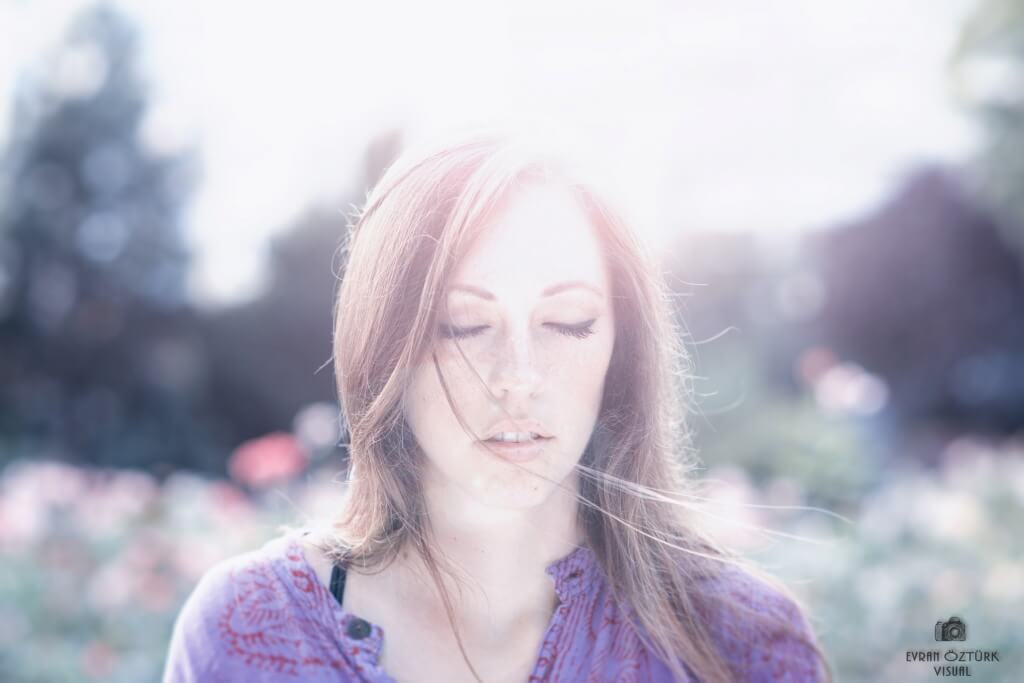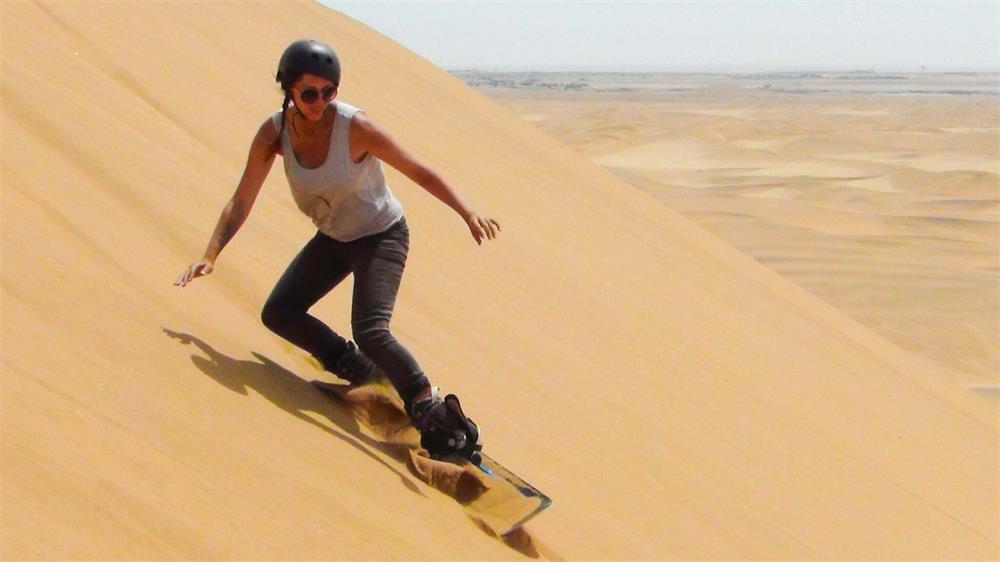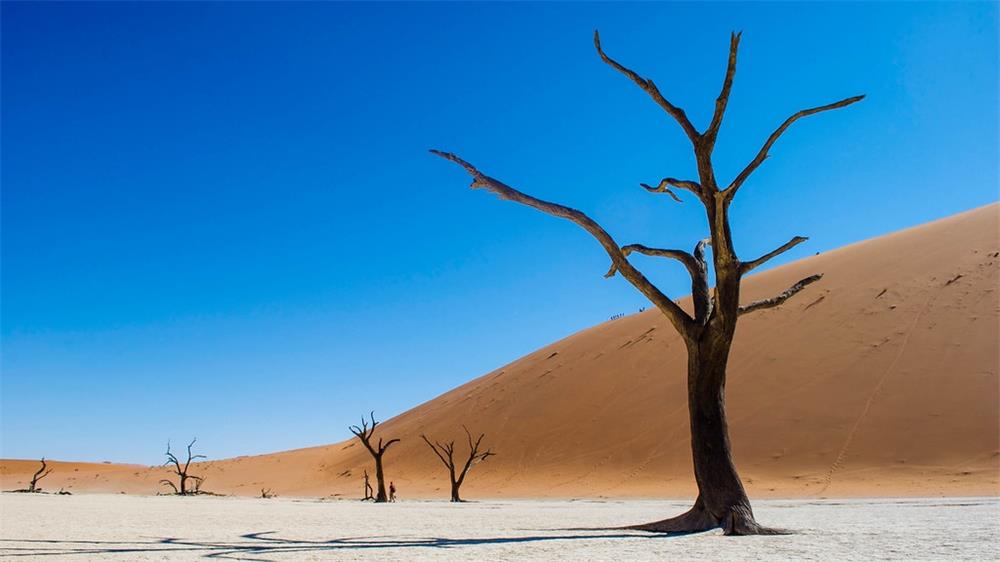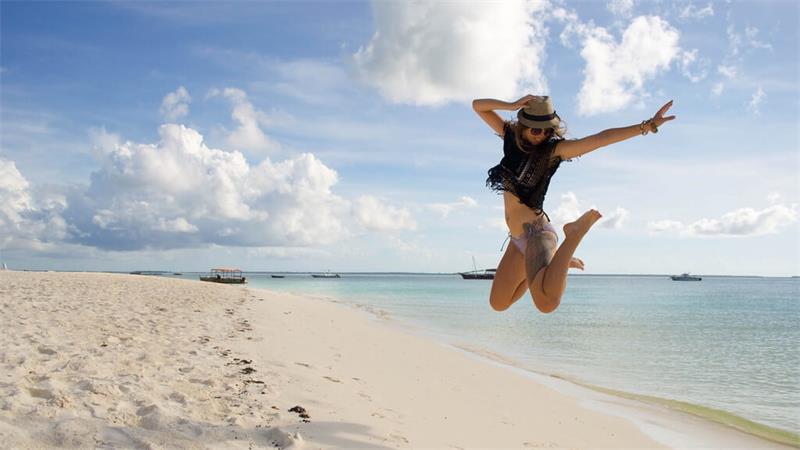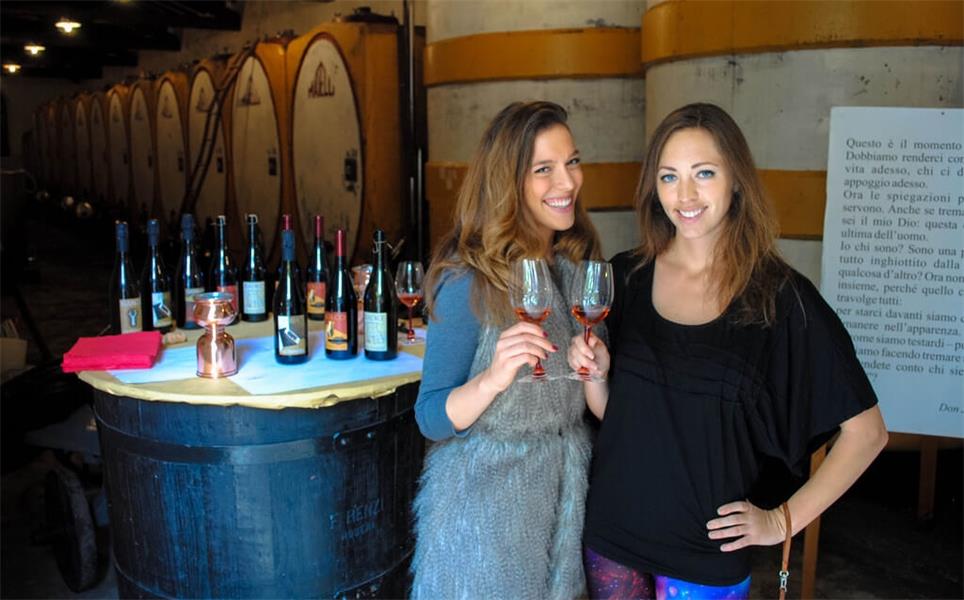I had so many questions before undertaking the Annapurna Circuit hike that I bugged my poor friends for days with numerous inquiries about “what if” and “but what about”.
Having recently concluded the walk, I felt it best to note down all the questions I had and the solutions which turned out to be very apparent as the trek went. For anybody thinking about trekking the Annapurna circuit (or base camp/sanctuary), the following questions and answers might assist.
When should I leave?
The most popular months are September and October, with the second largest season coming in March and April. During the winter months, the past can be snowy at times while in the summer monsoon rains are typical.
Personally, I walked in late April/early May and found the weather beautiful on the circuit and wet on the base camp trip.
Should I book in advance?
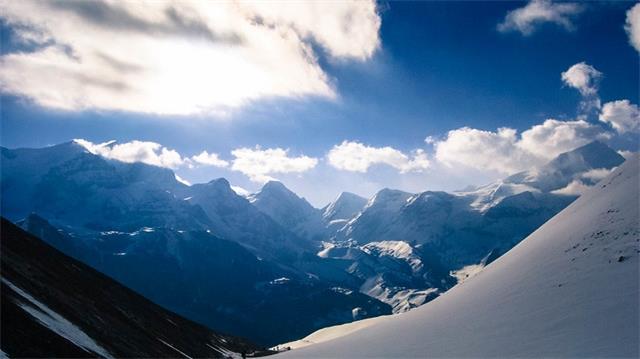
Almost half of the folks on the Annapurna Circuit and Sanctuary hikes seemed to have a guide and a porter, or one of both. The cost is normally $16+/day for each and can easily be booked in person once in Kathmandu or Pokhara at one of the many companies or at your guest’s home. Booking in advance online might be more expensive and actually isn’t essential.
That said, the paths are properly signposted, hotels are easy to find, and because you don’t require camping gear, it’s feasible to carry your own belongings very effortlessly. I elected not to hire a porter or guide. I was scared that a guide would make too many decisions for me and limit my independence. Another blogger likewise published a diatribe on the low degree of professionalism, digressing me more.
The NATT guide was a tremendous assistance and a free document that I would recommend printing off and bridging if you are considering going it alone.
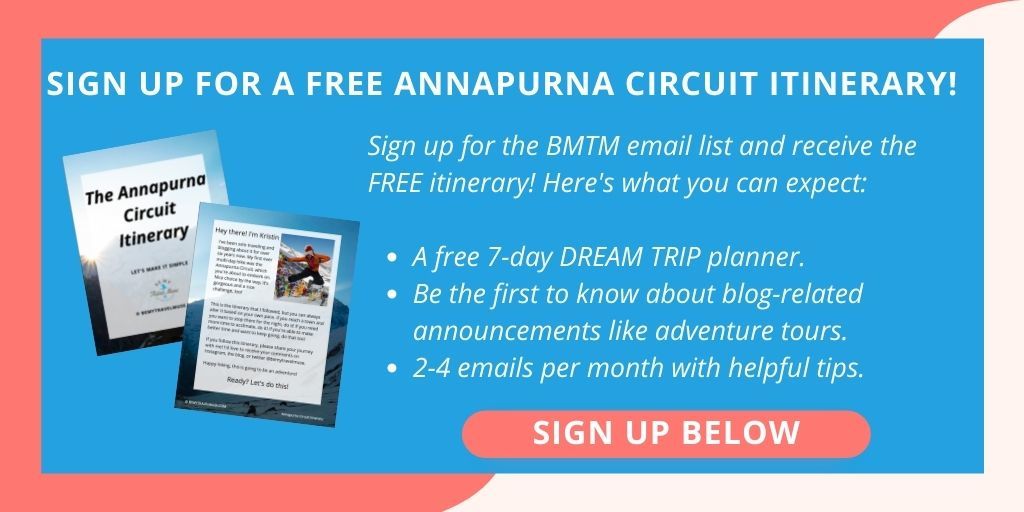
Numerous villagers along the path inquired whether I had a guide or porter, reacting with apparent sadness when I responded no. I felt awful for most of the porters, absolutely burdened with absurdly heavy packs, but the locals didn’t see it that way — hiring a porter or guide means providing them with well-paid employment. I was a little conflicted about it, but I bought handicrafts from local women, bought tons of food on the trip, and ate my meals at the teahouses rather than bringing my own food. I believed it at least helped bring some money to the neighborhood in some manner.
How fit should I be?

The Annapurna Circuit walk may be made longer and tougher or shorter and easier, depending on your schedule and level of interest in the higher and steeper side treks.
If feasible, hiking and spending time at higher elevations before starting is highly useful. Attempting a journey for a few days before you know what you’re capable of – how far you can go each day, which sections of your body suffer and could require additional assistance, and how much weight you can bear – can’t what to help.
Above all, the main thing to remember, in addition to staying injury-free, is to have a happy mindset and appreciate your body. Don’t push things to the point where you feel dejected or start telling yourself things like “I can’t.” Your pace is quite decent and it’s not a competition.
Tips: When you are hungry, eat something. When you are thirsty, stop and sip water. Never underestimate how much a 30-second to two-minute break may assist you. If you need a rest, take some and then resume.
How is the accommodation?

Annapurna circuit and base camp treks are tea house treks which means there are guesthouses along the road that provide basic lodging for trekkers (the accommodation getting more basic as elevation climbs) for a very cheap fee – generally free or only 100 NRP (about $1). ($) per person – with the expectation that trekkers eat all their meals in the guest home they are staying at.
The teahouses make their money from meals which they offer at somewhat higher costs than those available elsewhere in Nepal rather than accommodation charges. Keep this in mind while bargaining over accommodations.
That disturbed me a bit when I noticed that people bring and cook all their meals, yet stay in the teahouses. I feel it is crucial to buy your food along the way since it lightens the weight and puts money in the hands of the people.
Tip: Most teahouses run on solar power for showers, and at higher altitudes charge for hot water. Most of the time the water is not hot but more of a lukewarm shower. Charging gadgets also becomes a paid service at higher altitudes. At lower elevations, WiFi is occasionally accessible for a charge.
What should I bring?

Your first significant decision is whether to carry excellent gear from home or buy cheap counterfeits in Kathmandu or Pokhara. I was going back from 6 months of traveling in Southeast Asia and China and just didn’t have the gear with me so I bought knockoffs in Kathmandu. I regretted it nearly from the start since a strap on my backpack snapped before I even got on the bus to start the walk. It was the ideal size and fit but the quality was poor. In the two weeks, I’ve used the gear, most have broken or fallen apart in some form. It was the same with my hiking acquaintance who had bought her kit in Pokhara.
In the future, I will absolutely buy the same things, but select the real ones, because I have now learned that the quality will last far longer than the fakes and is thus cheaper in the long run:
- An excellent backpack: I went for a Deuter Guide 35L in bright green. It was the ideal size and if I had the original one with excellent straps I wouldn’t have had to continuously readjust and probably would have used this bag for the rest of my walks.
- The Correct Jacket: My North Face waterproof jacket with fleece proved less waterproof, but my buddies wearing true North Face jackets were warm, dry and comfortable!
- Clothing: I had two thermal shirtsSummit pants, two pairs of leggings (one thin and one thick), an authentic Under Armorquick-drying shirt that I’ve used for years and love, a sports bra (although two would have been better), six pairs of socks and underwear, and a pair of comfortable clothes to sleep in and feel clean.
- Hiking equipment: Few or no individuals have attempted the hike without trekking poles. These assist relieve some of the load off your legs and knees and make steep climbs and descents that much easier. A headlamp (the link is the one I’ve been using for two years now and think it’s a terrific product) is also essential for midnight power outages and morning hiking in Poon Hill.
- Shoe: I really wore running shoes on the walk! I’ve worn them in the snow previously and have used them on over 10 rides over the past couple of years. These worked excellently since I had them broken so they didn’t give me blisters and were comfy. Some notable negatives were how damp they were (even when they dried out by the fire at night) and how difficult they were to stand on muddy terrain. The best approach is to acquire actual hiking boots at home and break them in before you come (I would recommend testing them on rather than ordering online) (I would suggest trying them on rather than ordering online). It’s also a good idea to carry sandals to wear after the walk to give your feet a respite from the hiking shoes.
- SteriPEN Water Purifier and Nalgene Bottled Water: Bottled water may be obtained along the path, but at nearly $2 a bottle at higher elevations and is a big polluter, it doesn’t make much sense. Although there are drinking water spots, they are not frequent enough to keep you hydrated for the full journey. Better to clear the water on the trail. I used Aquatabs, available for roughly $2-3 in food stores in Pokhara to purify the local water. Nevertheless, you have to wait at least 30 minutes between the treatment of the water and its intake, and in addition, the flavor is not nice. A SteriPEN, however, clears water in 30 seconds. They must be purchased at home beforehand.
- Sleeping bag: Instead of utilizing a sleeping bag, I asked the teahouses for additional blankets. In the hot season, this would be tough to execute since coverings at higher elevations are typically not clean. I would have loved to carry a sleeping bag, which could have been readily purchased in Pokhara.
- Caps and Gloves: You may purchase some really interesting and affordable knitted gloves and hats in Pokhara and along the way. These are manufactured by the ladies of the community and are a terrific way to support local crafts.
What about permits?
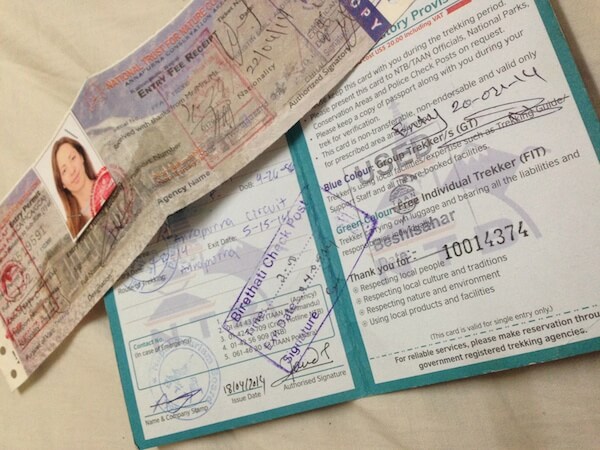
You require two types of permits — the Annapurna Conservation Area Program (ACAP) permit and the Hikers Information Management System (TIMS Card) — which will be verified routinely on the trek. Obtain them in Kathmandu or Pokhara before your journey. In Kathmandu, the office is around a 15-20 minute walk from Kathmandu to Thamel. In Pokhara, it is near the tourist bus terminal.
The procedure involves 4 passport-sized pictures (which can be obtained anyplace near the office in both cities), evidence of travel insurance (I recommend the World Nomads Explorer option, which I used), a copy of my passport, and 4,000 NPR (approximately 40 USD) (about 40 USD). In Pokhara, it took me less than 10 minutes to receive it.
Costs
I was spending an average of approximately $25/day at the higher elevations and as little as $10/day at the lower elevations because the food was cheaper lower down.

